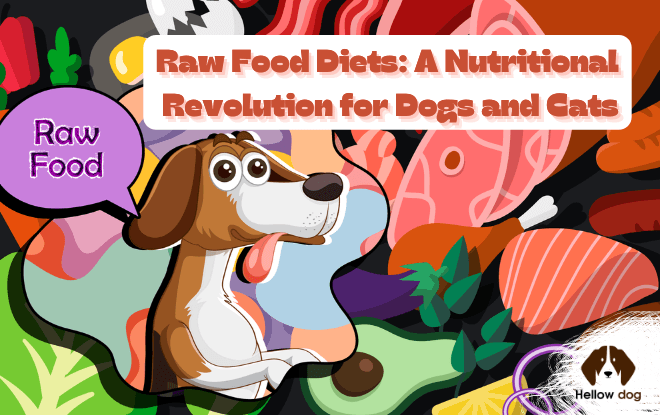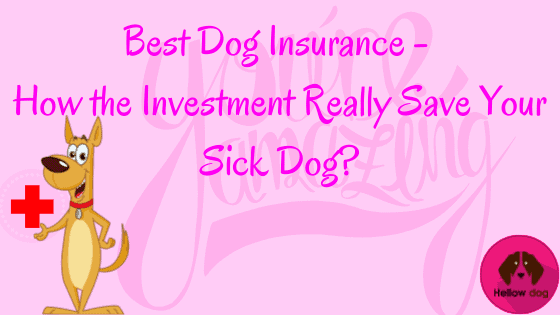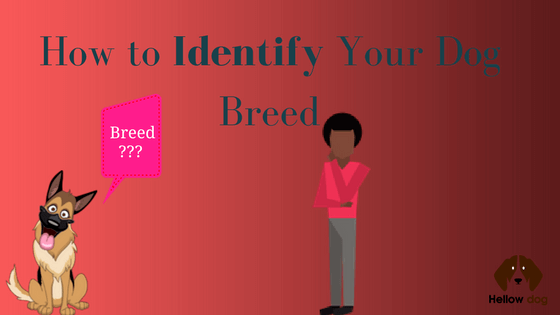Raw food diets for dogs and cats have grown in popularity recently, resonating with pet owners eager to provide more “natural” dietary options for their four-legged family members. Unlike traditional kibble or canned food, raw diets typically include a combination of uncooked meats, bones, vegetables, and sometimes fruits. Advocates argue that this mimics these animals’ diet in the wild, promoting a healthier and more active lifestyle.
Raw and Fresh offers raw pet food for your cats and dogs. Their BARF, or Biologically Appropriate Raw Food diets, are loved by pets and give them every chance to thrive. Free of fillers, grains, and artificial additives, Raw and fresh pet food contains only the freshest ingredients, biologically suited to the nutritional requirements of your pets. All ingredients in Raw and fresh pet food are Human-Grade, sourced from the same suppliers that provide for restaurants and homes. Importantly, none of the foods contain preservatives, additives, chemicals, or sulphur dioxide, ensuring that your pet receives only the highest quality, natural ingredients in their diet.
The Rise of Raw Diets in Canine and Feline Nutrition
In the last decade, we’ve seen a shift in the understanding and practice of pet nutrition, with raw diets for dogs and cats emerging as a compelling alternative to commercial, processed foods. This surge in popularity is largely driven by a confluence of factors, including increased awareness of pet health, scepticism about traditional pet food, and a desire to align pets’ diets more closely with what they would naturally consume in the wild. This rekindled interest in raw food has led to a burgeoning industry dedicated to providing quality, unprocessed meals for our four-legged friends.
Gone are the days when kibble and canned food were the only options for pet owners. Today, a widening array of commercially prepared raw diets are formulated to meet all the nutritional requirements of dogs and cats, making it easier than ever to make the switch. Moreover, countless testimonials from pet owners attribute noticeable improvements in their pets’ energy levels, coat quality, and overall health when adopting a raw food regimen.
This surge in raw feeding is not merely a trend but is a movement geared towards a more holistic approach to pet care. As research continues to unfold, supporting the numerous benefits of raw diets, it’s clear that this natural way of feeding is gaining traction and is here to stay, offering a nutritionally rich and biologically appropriate option for our pets.
Why Raw Dog Food is a Healthier Choice for Dogs
Imagine walking down a typical pet food aisle and being overwhelmed by countless options, most of which are filled with artificial additives, preservatives, and questionable meat by-products. Now, picture a world where your dog enjoys meals that are vibrant, fresh, and bursting with nutritional goodness. That’s precisely what raw dog food offers. It’s like going from fast food to gourmet overnight but for your pet.
Raw food is the canine equivalent of the “farm-to-table” movement. It’s rich in enzymes, those marvelous little catalysts that aid digestion and nutrient absorption. Unlike traditional cooked or processed food, where enzymes are often destroyed, raw food maintains its enzymatic integrity. This means your dog can absorb more nutrients, easing digestive issues and enhancing overall wellness.
The conversation around gut health has been long overdue, especially concerning our pets. Probiotics, the good bacteria essential for a balanced gut, are naturally abundant in raw foods. Couple that with high-quality proteins crucial for muscle development and essential fatty acids for a gleaming coat, and you’ve got a complete nutritional package.
Why Raw Cat Food is a Healthier Choice for Cats
Cats are carnivores, meaning their diet in the wild would consist almost exclusively of high-protein animal-based foods. Traditional commercial cat foods, however, are often far removed from this ideal, consisting of grains and fillers that cats wouldn’t naturally consume.
Like dogs, a raw diet for cats is a leap toward nutritional authenticity, a natural way for them to eat. The proteins are not cooked or compromised, and the fats in foods such as fish are just as nature intended—rich and nourishing. This diet supports everything from your cat’s skin and coat to their overall health and well-being, offering a wide range of nutrients that cooked or processed foods simply can’t match.
Cats also benefit from the enzymes and probiotics found naturally in raw foods, just as dogs. This, too, helps with digestion and nutrient absorption, ensuring your cat gets the maximum benefit from their meals. And let’s not forget the mental stimulation that comes from eating a diet that closely mimics what they would encounter in the wild.
The Considerations of a Raw Food Diet For Your Pets
Switching to a raw diet has challenges and considerations, as the risk of bacterial contamination is real and significant. Proper storage, handling, and preparation can mitigate these risks to some extent but cannot eliminate them entirely. Always ensure that you follow best practices in food safety when preparing your pet’s meals.
If the idea of feeding your pet a raw diet is something you believe in or are interested in doing for your pets, then you should take steps to ensure that it’s done correctly and safely. Start by having a comprehensive discussion with a qualified veterinarian, who can help tailor the diet to meet your pet’s specific nutritional needs, age, and health conditions. Your vet may recommend specific types of meat, vegetables, and supplements to include in the diet.
Moreover, an improperly balanced raw diet can lead to nutritional deficiencies or excesses. For example, a diet too rich in liver could lead to vitamin A toxicity, while a diet lacking in bone matter could result in a calcium deficiency. This is why consultation with a veterinarian is not a one-time event but an ongoing process. Regular check-ups and nutritional assessments can help adapt the diet, ensuring it remains balanced and beneficial.
Though rich in nutrients, raw diets come with their own set of challenges. The most significant risk is bacterial contamination. Raw meat is susceptible to bacteria like Salmonella and E. coli, which can harm pets and humans. Additionally, a poorly planned raw diet can result in nutritional imbalances, as it may lack essential vitamins and minerals. Therefore, Pet owners should source their raw foods carefully and consult a veterinarian to ensure a balanced diet.
What to Ask Your Veterinarian: How To Make The Change To Raw Food
When considering transitioning to a raw food diet for your pet, consulting with your veterinarian should be at the top of your to-do list. It’s not just a matter of replacing kibble with raw meat; the shift involves intricate nutritional balances that can significantly affect your pet’s well-being.
So, what should you ask your vet?
Start by inquiring about the suitability of a raw diet for your pet’s specific health condition and life stage; puppies need special consideration.
Are there any chronic illnesses or nutritional deficiencies you should be aware of?
Ask for guidance on the protein-to-fat ratio and the types and proportions of fruits and vegetables necessary to complement the diet for your pet. If your pet has a history of digestive issues, ask how a raw diet might impact that and if prebiotics or probiotics are advisable.
Ask as many questions about safety measures as you have, such as handling raw food to prevent bacterial contamination, what quality indicators to look for when sourcing raw meat, and what nutrients might be lacking in a raw diet that would necessitate supplementation. Additionally, ask your vet about the transition process—should it be gradual or immediate? Finally, we recommend to inquire about follow-up assessments to gauge the impact of the diet change. Remember, a well-informed decision is a step closer to ensuring your pet’s health, happiness, and longevity.
Taking an Informed Leap into the World of Raw Pet Food
A well-planned raw diet, rich in essential nutrients, enzymes, and probiotics, can offer multifaceted benefits beyond superficial improvements, from aiding digestion to promoting a more shiny coat, better dental health, and increased vitality. However, it’s crucial to understand that transitioning to a raw food diet is not an overnight change but a journey that requires diligent research, ongoing veterinary guidance, and an unwavering commitment to food quality and safety for your animals.
The move toward a raw diet is, in many ways, a return to basics quest for nutritional purity in an age where pet food recalls and dubious ingredients have pet owners increasingly concerned. It is a much more natural and primal approach, aligning closely with what our pets normally consume in the wild. But like any significant change, it comes with its challenges and responsibilities. With careful planning and execution, the raw food diet is a promising avenue for providing your pet with a life that’s longer, fuller, and healthier.







